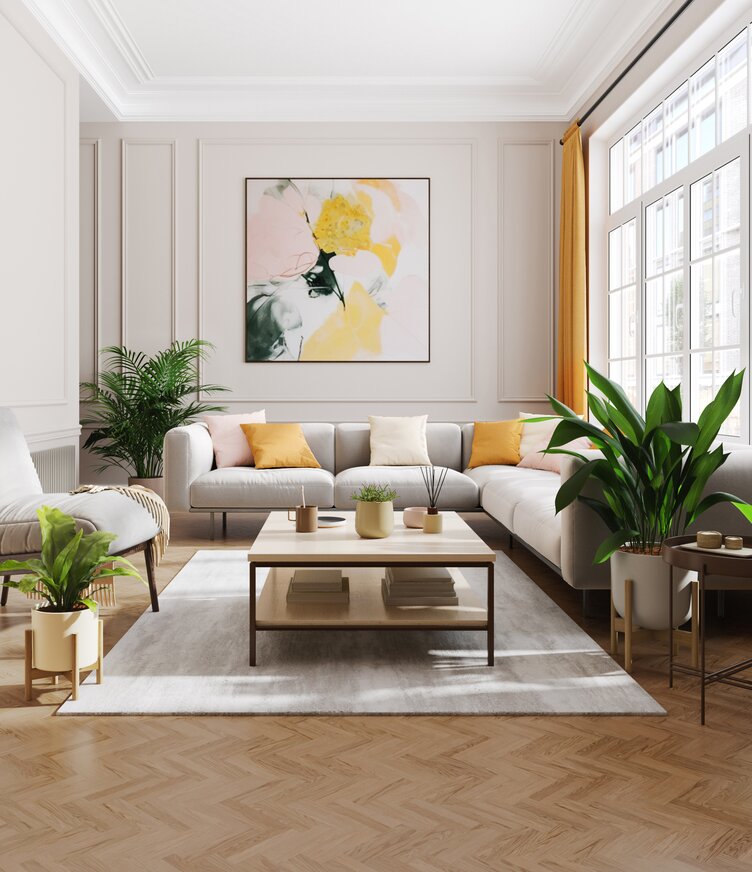Pet-Friendly Indoor Plants: Safe Houseplants for Your Home
While some houseplants can harm pets, there's a wide variety of beautiful, pet-friendly indoor plants that you and your pets can safely enjoy.
Your pet’s curiosity means any new houseplant you add to your home will be thoroughly investigated, sniffed, and potentially nibbled on, so the safest thing you can do is purchase an easyplant that doesn’t present a risk.
Pet-safe indoor plants have non-toxic or low-toxicity properties, making them unlikely to harm your cat, dog, or other pets if ingested.
Join us below to discover pet-friendly indoor plants that will beautify your home without risking your furry friends' health.
8 Indoor Plants Safe for Pets
We recommend these pet-friendly houseplants:
1. Bird’s Nest Fern
The bird's nest fern (Asplenium nidus) is a pet-friendly plant native to the South American rainforests.
Your bird's nest fern will liven up countertops with rosettes of upright, glossy, bright green fronds with wavy edges and curled tips.
These ferns enjoy bright, indirect light, making them ideal for your partially shaded windowsill or sideboard. The self-watering easyplant pot provides consistently moist but well-drained soil for hydration.
It's a slow-growing plant that takes 5-10 years to reach its full size, rewarding you with an increasingly impressive and tropical display over time.
Your cats and dogs won't be at risk from a bird's nest fern, and these ferns are also safe around children – perfect for families!
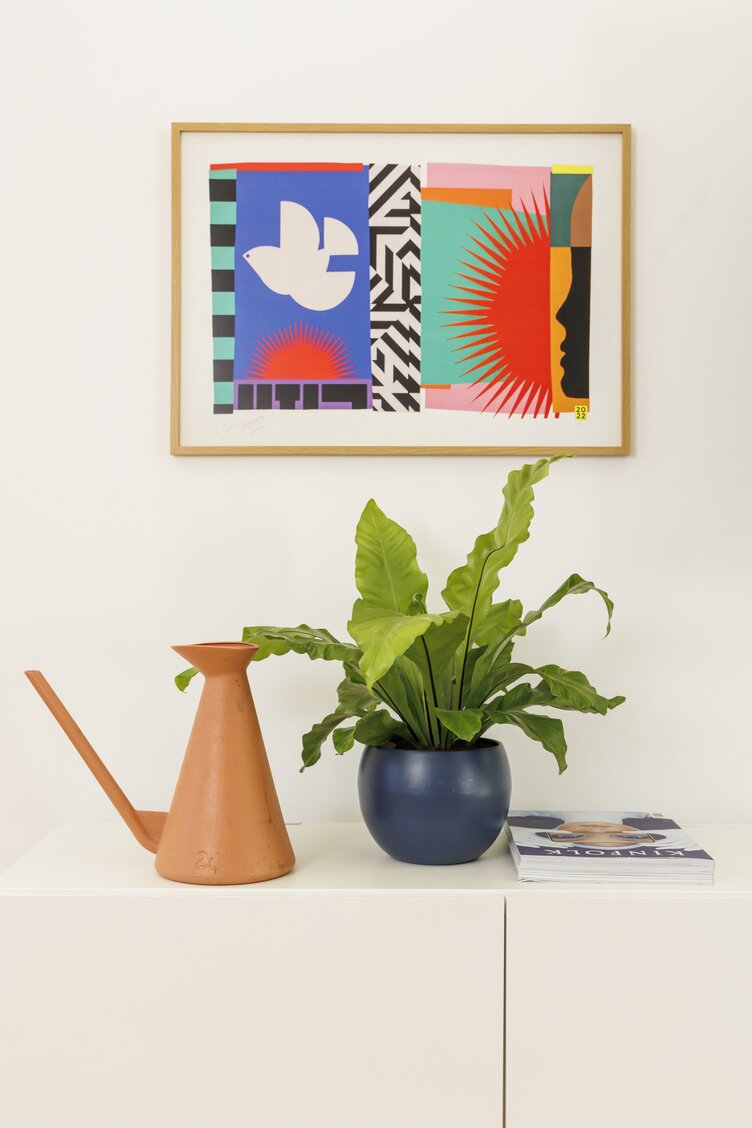
2. Money Tree
The money tree (Pachira aquatica) is a pet-friendly houseplant native to the Central and South American wetlands.
Clusters of palmate leaves atop braided trunks will enhance your living spaces, creating an eye-catching and sculptural appearance.
Bright, indirect light is ideal for these trees — a desk adjacent to a window or a well-lit room corner works great. Watering cycles are usually weekly or when the top is dry, but the easyplant self-watering pot extends that to a monthly cycle.
Moderate growth characterizes this plant, taking 3-5 years to reach its full indoor height and rewarding you with an increasingly striking, feng shui-friendly focal point.
Cats, dogs, and children aren't at risk from a money tree, making it a top choice for placement on a low table or windowsill.
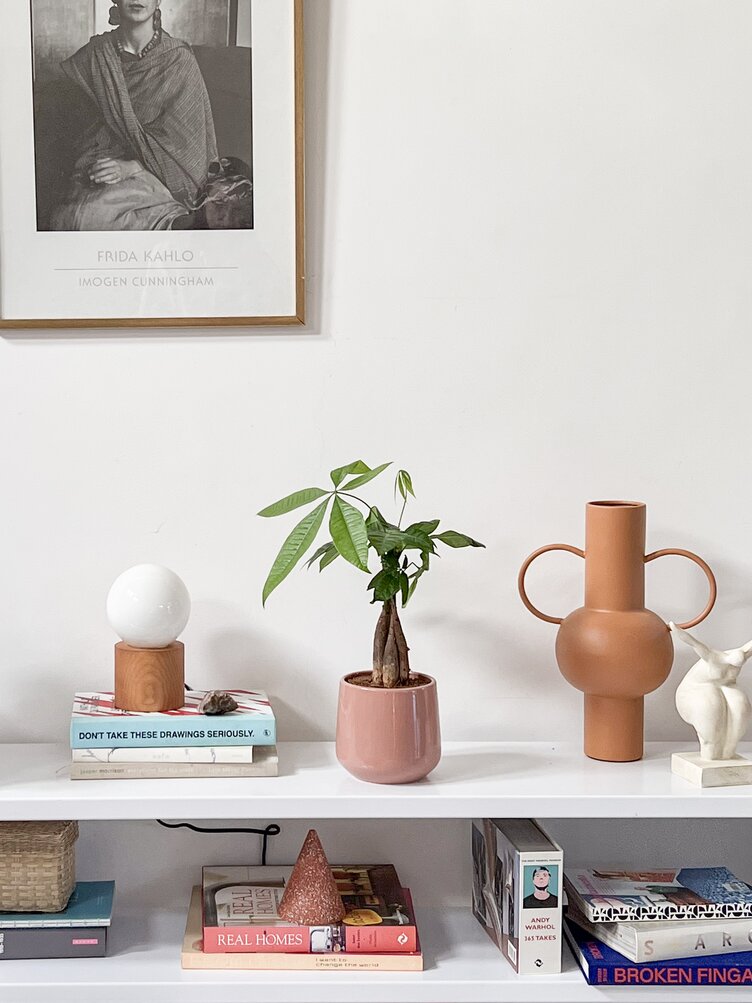
3. Parlor Palm
A parlor palm is a fantastic houseplant if you have a low-light space or a spot with lots of indirect light. It’s pet-friendly and more textured than most, making it a wonderful focal point for a coffee or side table in your living space.
Parlor palms have lush, feathery green foliage with overlapping leaves, which gives the plant a bushy appearance that thickens out when the plant thrives.
They enjoy medium to low spaces but suffer from direct heat – so keep your parlor palm away from sunlight and heating systems.
You’ll love the parlor palm’s texture and how it moves with a breeze. Cats, dogs, children, and everything in between can enjoy it safely.
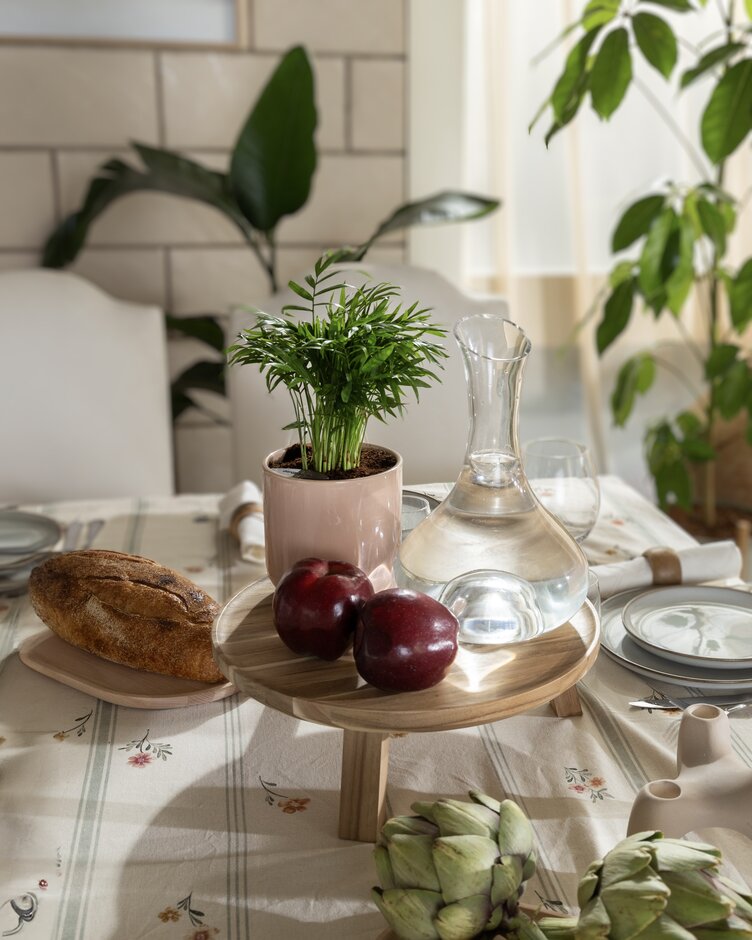
4. Ponytail Palm
A ponytail palm is perfect for a bright spot with direct light, such as a south or west-facing window. It’s pet and child-friendly, with a crown of long, cascading leaves that tumble over the pot and cast a lovely shadow.
It’s one of the few pet-friendly plants suitable for south-facing windows, a perk from it being native to semi-desert areas of southeastern Mexico.
Even though it enjoys direct light, the ponytail plant hates overwatering and thrives when watered sparingly. Watering too frequently rots the roots. The best solution is the easyplant self-watering pot to disperse water over one month.
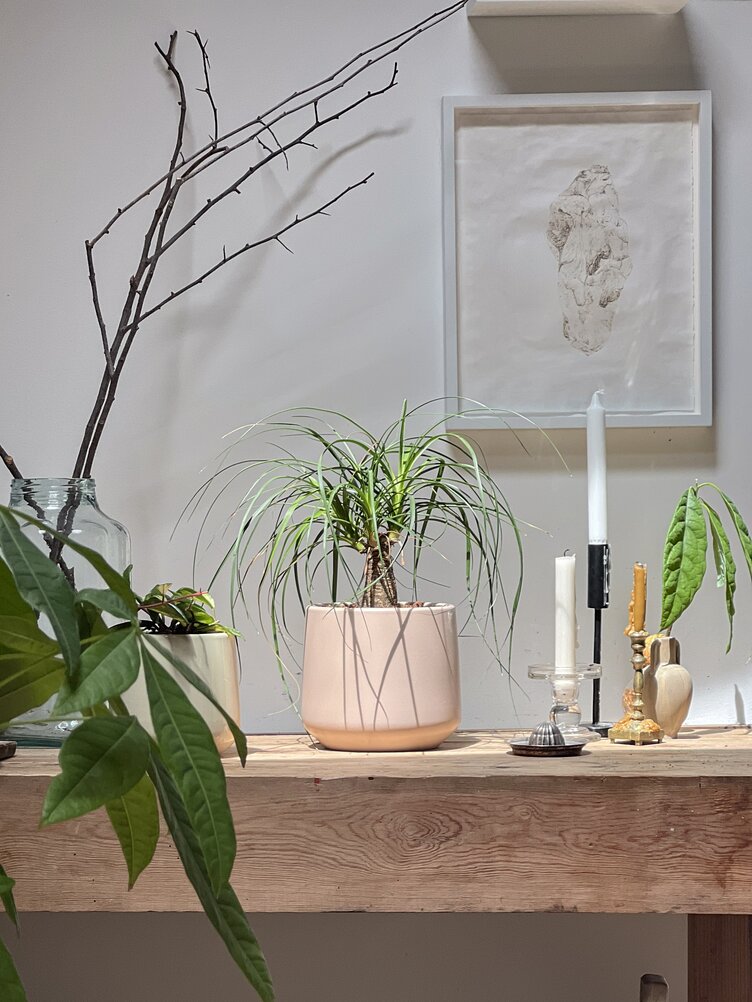
5. Cast Iron Plant
The cast iron plant is native to Japan and Taiwan and is usually the best pet-friendly houseplant for dark spaces.
It thrives in low to moderate indirect light, so it’s ideal for your hallways, room corners, wall shelves, and spaces with north-facing windows.
You’ll love the cast iron plant’s lance-shaped dark green leaves that grow upright from the soil, creating a lush architectural display.
Caring for your cast iron plant is easy, too, with water needed when the soil’s top half becomes dry. The easyplant self-watering pot ensures your cast iron plant gets the water it needs to avoid root rot from overwatering.
6. Calathea Network
The calathea network is non-toxic to cats, dogs, and humans. It also loves humidity, making it a fantastic choice for a bathroom or wet room.
The leaves on the calathea network have a gorgeous network of dark green and yellow lines, and the plant has a party trick – nastic movement, where it moves its leaves to the available light to maximize growth.
Your Calathea Network will do well in bright, indirect light near a window or on a windowsill with diffused light. It won’t tolerate dim areas.
The most important thing is to keep your calathea network in moist soil to ensure the roots don’t die out. The easyplant self-watering pot makes this easy.
7. Blue Star Fern
There’s no better medium-sized houseplant than the blue star fern if you have a shelf exposed to bright, indirect light.
The blue star fern is native to Brazil’s rainforests, where it thrives by attaching itself to trees and rocks for stability and shade.
You’ll adore its distinctive blue-green fronds with wavy edges and lush, cascading leaves that beautifully soften the lines of hanging baskets.
Unlike most houseplants, you must always keep your blue star fern in moist soil to stop the roots from dying back. An easyplant pot ensures adequate watering for one month by slowly releasing water into the soil.
8. Majesty Palm
Finally, we have the pet-safe majesty palm, a huge houseplant that loves lots of direct sunlight and tolerates bright, indirectly lit spaces.
An example of an ideal space for your palm is within 3 feet of a south or west-facing window or any other glazing that gets six hours of bright light.
These palms like it moist but won't tolerate soggy soil, which quickly rots the stem's roots and bottom. They do best with watering consistency provided by the easyplant self-watering pot (water your pot once per month, and that's it).
It's completely safe for cats, dogs, and other pets and has no toxicity for humans, so feel free to introduce a majesty palm to your family home.
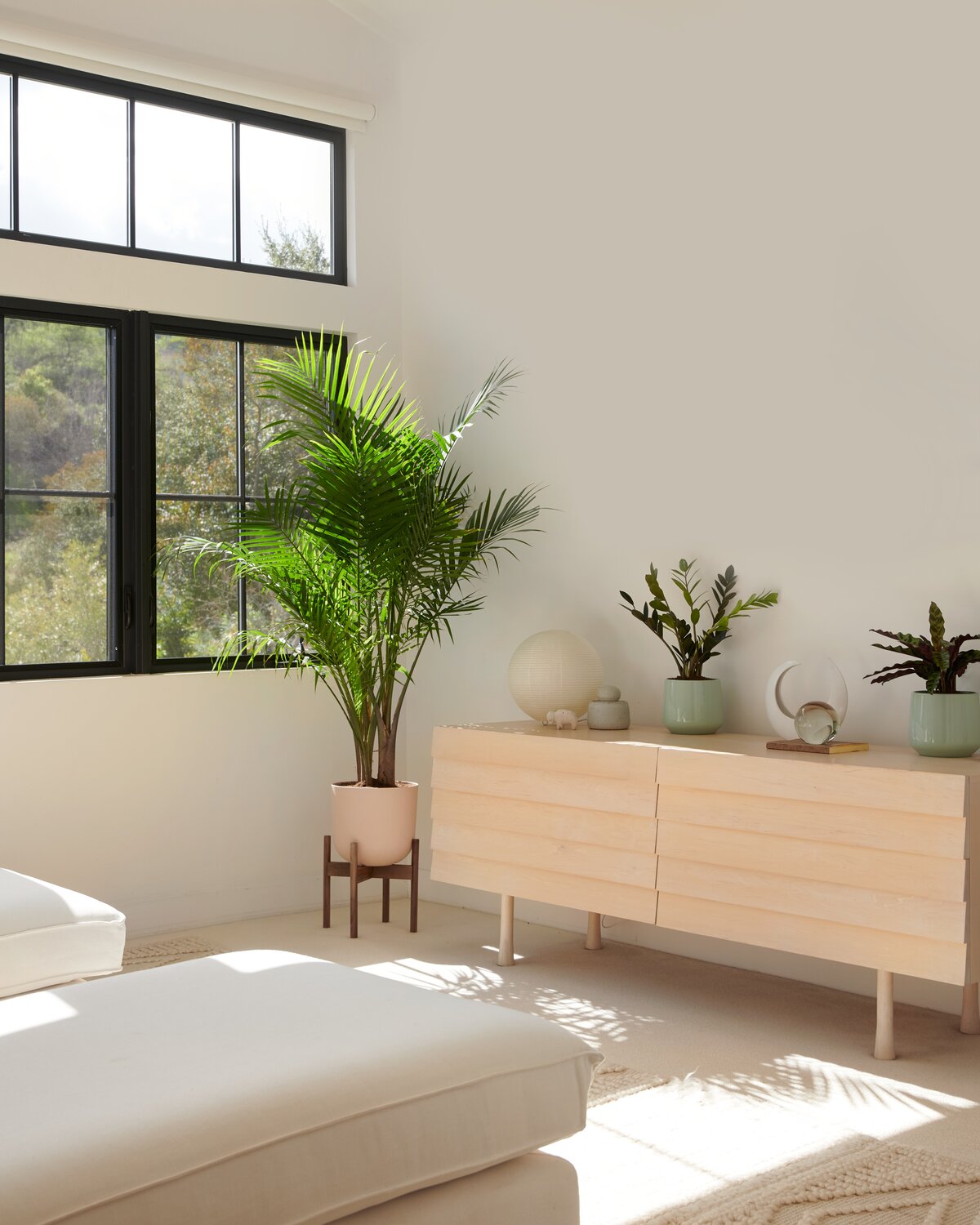
Why Are Some Plants Toxic to Pets?
Some plants are perfectly safe for pets, while others cause a mild upset tummy.
Many are highly toxic or even life-threatening to pets due to compounds in the plant that evolved as a defense mechanism to prevent consumption.
Even if your cat or dog doesn’t eat or lick a toxic plant, just brushing up against it and then licking themselves can be enough to poison your pet.
The severity of toxicity depends on the specific plant, the amount ingested, and the size and species of the pet. Cats are often more sensitive to certain plant toxins than dogs due to differences in their metabolism.
The good news is there are plenty of pet-friendly indoor plants you can enjoy, and there isn’t a space in your home that can’t benefit from an easyplant.
Check out the Gentle Guardians collection to grab five pet-safe plants in one order.
